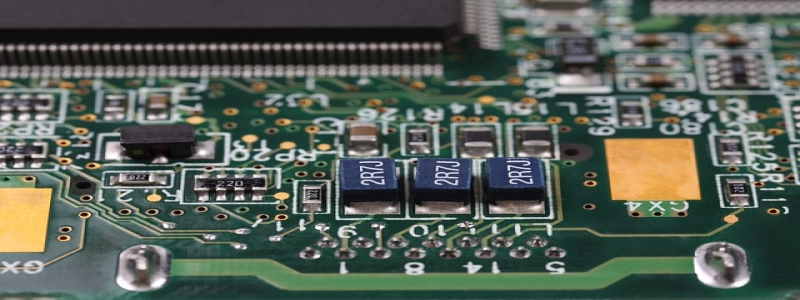RJ45 to Fiber SFP: An In-depth Guide
Bevezetés:
In today’s fast-paced world, where data transmission has become crucial for seamless connectivity, understanding the concept of RJ45 to Fiber SFP (Small Form-Factor Pluggable) is essential. This article aims to provide a detailed explanation of what RJ45 to Fiber SFP is and how it functions in modern networking systems.
én. What is RJ45 to Fiber SFP?
A. Definition:
1. RJ45: Registered Jack 45, a standardized physical interface for connecting Ethernet networks.
2. Fiber SFP: A hot-pluggable transceiver used for transmitting data over fiber-optic cables.
B. Purpose:
1. Conversion: RJ45 to Fiber SFP converts electrical signals to optical signals for long-distance data transmission.
2. Compatibility: It allows devices equipped with RJ45 ports to connect to fiber-optic networks.
II. How does RJ45 to Fiber SFP work?
A. Configuration:
1. RJ45 Side: The RJ45 to Fiber SFP module connects to the RJ45 port, transmitting electrical signals.
2. Fiber Side: The module converts electrical signals into optical signals for transmission through fiber-optic cables.
B. Process:
1. Signal Conversion: The RJ45 port converts electrical signals into data packets.
2. Optical Conversion: The SFP module converts data packets into optical signals using lasers or LEDs.
3. Transmission: Optical signals are transmitted through fiber-optic cables, providing high-speed and long-distance data transmission.
III. Benefits of RJ45 to Fiber SFP:
A. Distance:
1. Long Distance: Fiber-optic cables enable data transmission over greater distances compared to traditional copper cables used by RJ45 connectors.
2. Less Signal Degradation: Fiber-optic cables minimize signal loss over long distances, resulting in better data quality.
B. Bandwidth:
1. Higher Bandwidth: Fiber-optic cables offer greater bandwidth capacity, enabling faster data transfer.
2. Future-Proofing: RJ45 to Fiber SFP allows for future network upgrades without the need for significant infrastructure changes.
C. Security:
1. Immune to Interference: Fiber-optic cables are not affected by electromagnetic interference, ensuring secure data transmission.
2. Difficult to Tap: Fiber-optic cables are difficult to tap into, providing enhanced data security.
IV. Applications of RJ45 to Fiber SFP:
A. IT Infrastructure:
1. Data Centers: High-speed and reliable connectivity between servers, switches, and storage devices.
2. Networking: Extending networks over long distances without signal degradation.
B. Telecommunication:
1. Internet szolgáltatók: Transmitting data between provider networks and customer premises.
2. Broadband Services: Ensuring high-speed internet connectivity for residential and commercial users.
Következtetés:
RJ45 to Fiber SFP is a vital component in modern networking systems, enabling high-speed, long-distance data transmission while maintaining data quality and security. Understanding its functionality and benefits allows businesses and individuals to make informed decisions when establishing or upgrading their network infrastructure. Stay connected with the power of RJ45 to Fiber SFP.







